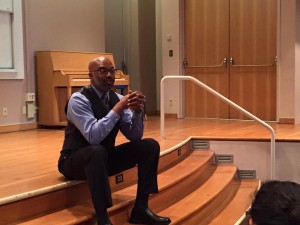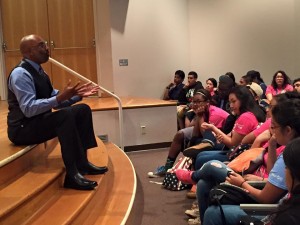Last summer I posted an article about a short presentation I developed for first year students about the “keys to academic success.” This week I used the guide for the first time at SJSU, but revised it. Here is the new structure of advice to students:
- Study Smarter: How you study changes; it’s all about quality, not quantity.
- Time Management: There is a seismic shift from having a schedule planned for you to making your own schedule. Consider The Three T system:
- Triage: Determine priority of tasks
- Track: System for getting things done [a to-do list process; a great resource is rememberthemilk.com and its apps]
- Trace: Establish good habits and patterns
- Navigation 1: General Networking. University is a bureaucracy, but there is navigation assistance. Talk with classmates. Talk with resident advisors. Use campus services, like the college advising centers.
- Navigation 2: Professors. Learn how to decipher professors’ demands, and then select the best strategies to meet them. This is about studying smarter (point 1) and also being proactive: go talk to professors!
I also encourage students to read the book College Rules! How to Study, Survive, and Succeed in College [Sherrie Nist-Olejnik and Jodi Patrick Holschuh, authors. Ten Speed Press, 3rd edition.] I begin to wrap up the presentation by reading the last paragraph in College Rules!:
“While in college, think about gaining the following skills – thinking critically, writing persuasively, problem solving effectively, and speaking convincingly. If you can develop these competencies over the next four (or five) years, you are ready to learn for a lifetime. These are also likely the skills that will help you land (and keep) your dream job.”
I then conclude by telling the students: “college is serious business, but enjoy it too. Have fun!”


